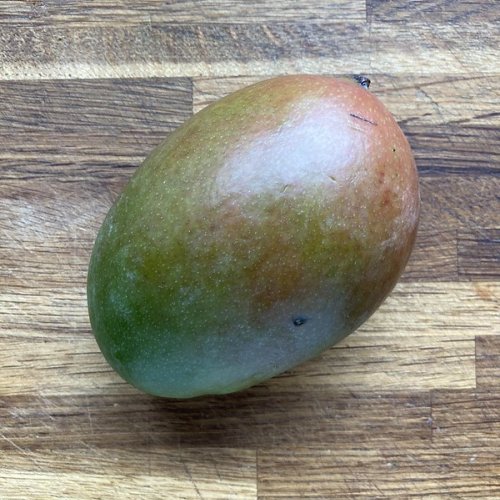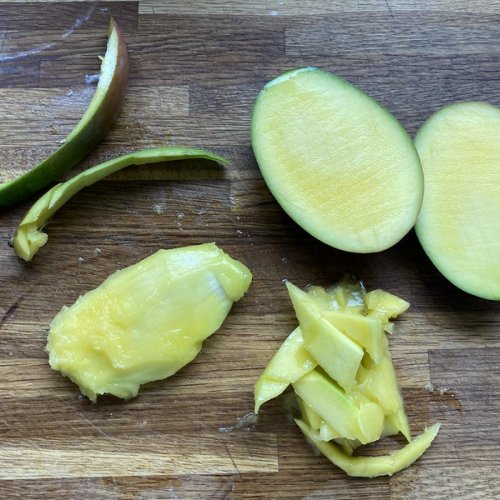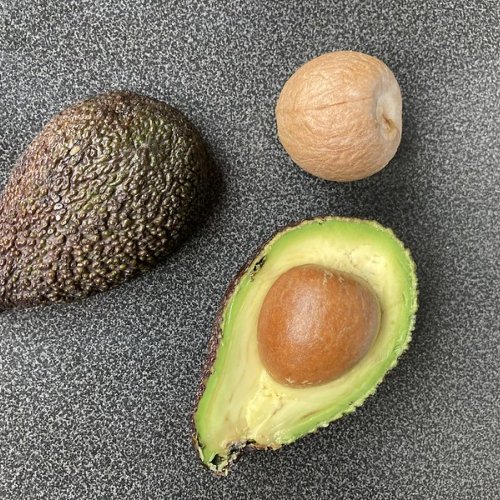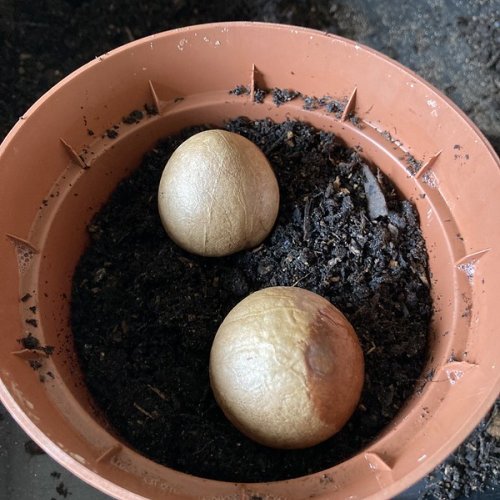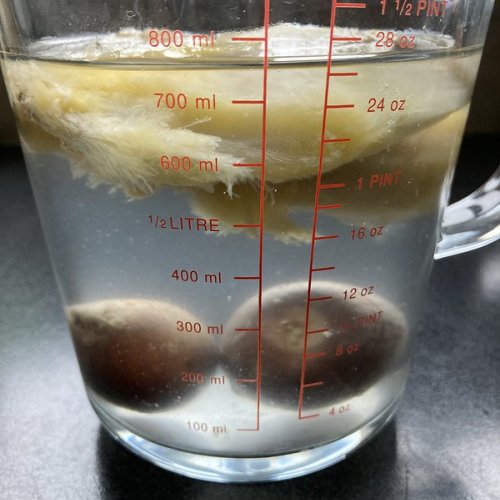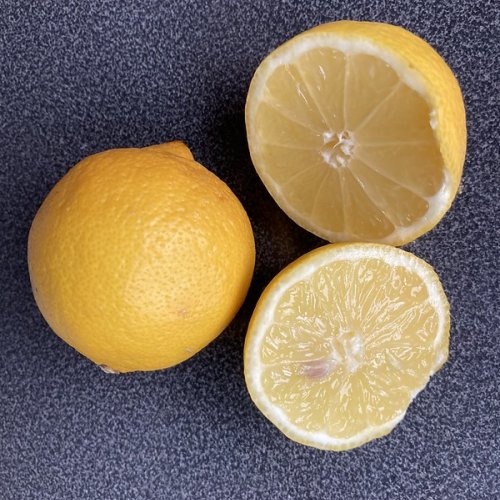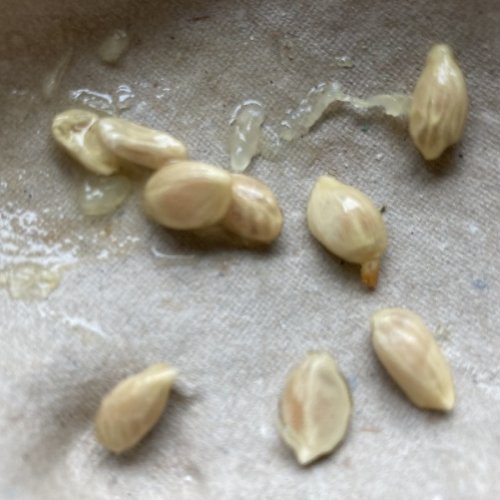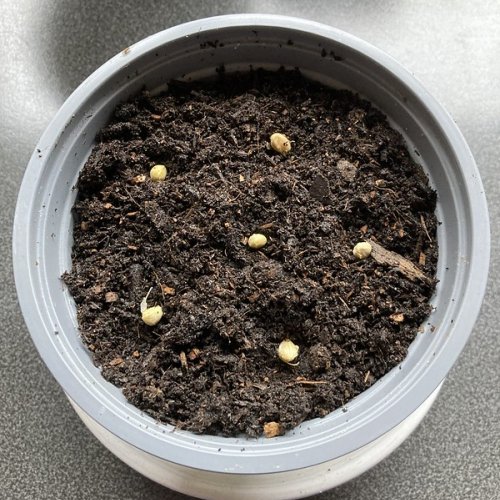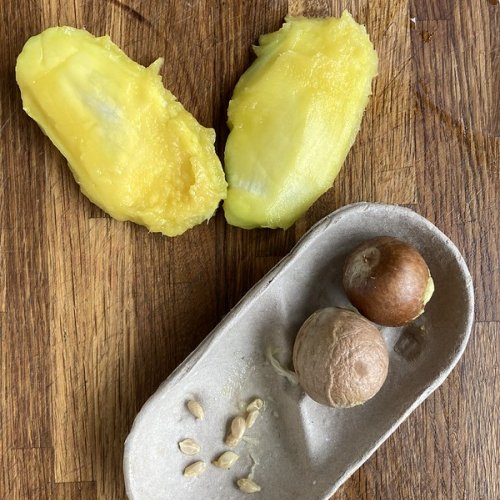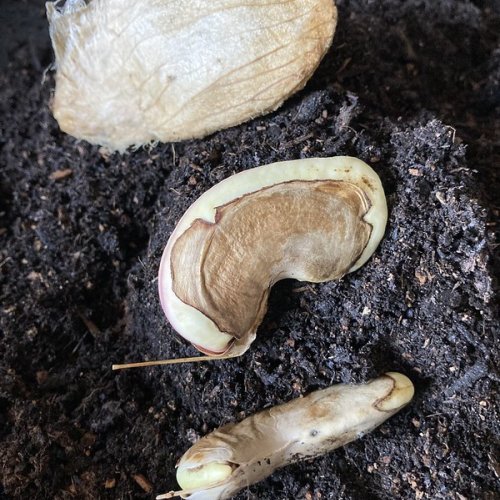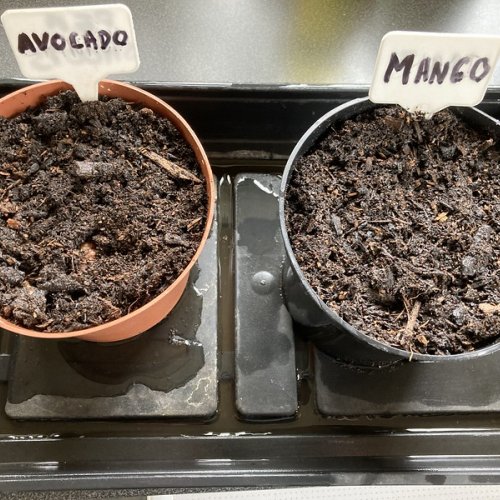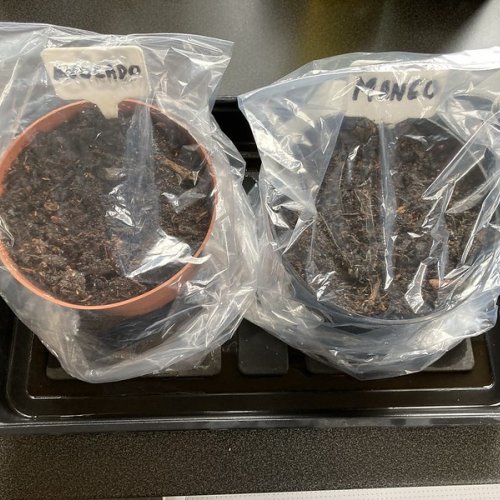It’s all very well writing in retrospect about the need for patience and self-care, but when you are in the depths of a health crash and getting out of bed to visit the toilet feels like climbing Ben Nevis, such advice seems trite and irritating. And believe me, no-one can be more irritated by me than I can myself.
Having almost reached the point of full recovery last summer I was splattered by an unidentified chest problem. I worked hard to recover again but have been enduring a second, albeit less severe, crash over the past week and would scream with frustration if my ragged throat would allow it. Once again I find myself walking the tightrope between retreating into the misery of the permanent patient or pushing myself punishingly hard in an effort to reach ‘normality’ again. However irritated, I need to take my own advice and proceed slowly, trying something that I enjoy, something that energises me, while listening closely for the signs that my body is no longer having fun and needs to stop.
I am standing in the kitchen, desperately trying to resist the urge to clear up the mess that is somehow never seen as part of the washing up after last night’s dinner. That is a sure route to frustration, resentment and a day that descends into exhaustion and misery. Instead, I spot a cardboard tray in the corner sporting an avocado and an avocado stone, carefully set aside in recognition of my request for fruits with seeds that I can grow indoors. Now is the time to follow my advice with something really simple that I can stop at any point without leaving a huge mess or wrecking any chance of success.
Growing things energises me.
Writing energises me.
What better than writing about growing? I reach for the knife and chopping board and begin. A little surge of delighted energy bubbles up in my belly as the avocado falls neatly in two under the blade, plump seed sitting like a wooden ball in a green cup. A teaspoon makes short work of sliding the flesh from the rind, a fork mashes it to a pulp, a squeeze of lemon cuts through the oiliness and halts the brown tide of oxidisation. There. I’ve accidentally made lunch without thinking about it. All I’ll need is some crackers.
Well done me.
Pause to check… Yes, I’m still upright and okay to continue.
What to do with the other half of lemon sitting expectantly on the board? Or the three limes withering slowly in the fruit bowl? Careful! The pull in to ‘doing what needs to be done’ is strong, but a small glistening seed whispers to me from the glass of juice I’ve squosen. (Is that a word? It’s so much more expressive than squeezed.) I could sow a lemon seed too, but it would be safer to try with a few more as they won’t all germinate. Half a lemon and three limes later I have a small pile of lemon seeds and nothing at all from the limes but a lot of juice. Drat the breeders and their quest for seedless fruit.
How am I doing? Fine so far so I wipe down the chopping board.
‘Tidy up as you go along’, says the voice in my head.
Can I sneak in one more type of seed before I go back to the sofa? Two miserably green British mangos peer at me from the back of the worktop. What a contrast with the rich, squishy, golden fruit I used to buy when we lived in South Africa. These have been picked green for shipping and so will never really ripen to that sumptuous elbow-dripping butteriness of a good mango. The best we can hope for is some variety added to a fruit salad. I take out the ultra-sharp Japanese knife I bought for my husband’s birthday years ago and whip out the stones using my (non) patented hedgehog technique. It’s something I worked out over all those African mangoes to minimise the drip and slog of extracting maximum flesh with minimum mess. It’s hardly necessary with these sorry specimens but at least it’s quick. A couple of wipes with a cloth, flesh scooped into a pot, hands rinsed and I’m back on the sofa just as my chest remembers that it’s ill. Phew.
I’ll see how I’m feeling tomorrow and chance an expedition to the shed to find some pots and compost. In the meantime, I can send someone to hunt out my book on growing from pips and remind myself what these beautiful little packages of potential will need to coax them into life.
I settle back onto the sofa, smug in the knowledge that, although I can’t do anything about the mess that the house is in, at least I’ve achieved something today.
For more ideas on planting pips indoors try the book by Holly Farrell on my resources page. These seeds all need to be kept damp (not wet), covered in a plastic bag or improvised cloche, and kept in a warm room until until they germinate. It can take several weeks or even months so you need to be patient!
